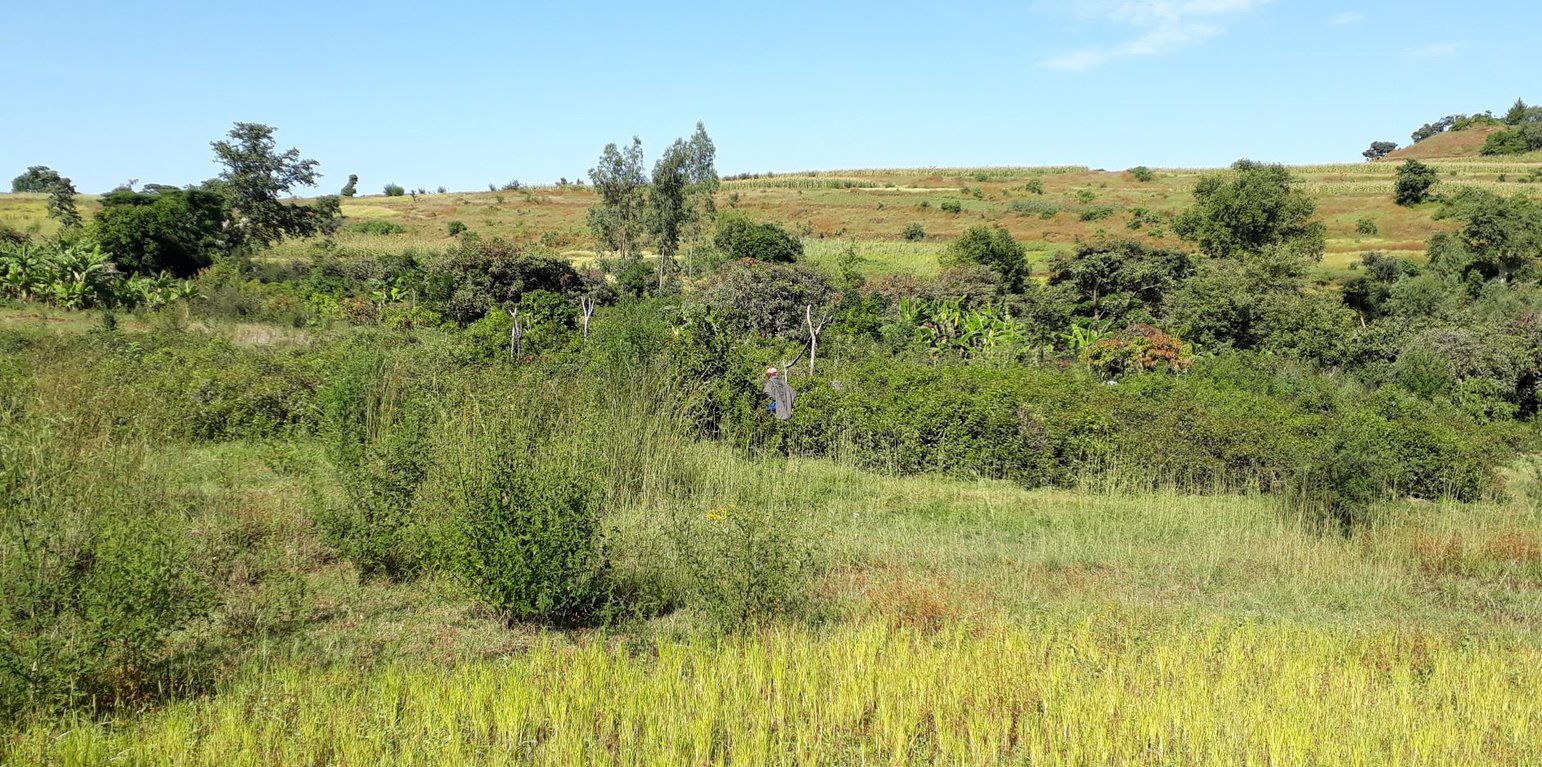



1. Homestead development is a horticultural area, usually around a homestead, and consisting of trees (mango, avocado), bushes (citrus fruits, coffee, gesho (hops), chat, banana), while ground crops (vegetables, maize) are grown at the same time and on the same parcel of land.
2. The technology applies the principle of intercropping, i.e. two or more plant species are grown in close proximity, providing multiple outputs and yields, while combined applications and shared inputs are possible.
3. Economically, homestead development helps to reduce poverty through increased production, improved human nutrition through diverse species. It also reduces deforestation and pressure on wood land by providing fuelwood.
4. In order to make the land suitable for homestead development, market-oriented seeds or seedlings must be available, thus a nursery for seedling provision. farm equipment, adequate water (hand-dug well), and sufficient work power are preconditions.
5. Homestead development as a technology is both economic and environmental, as the agroforestry setup also serves for conservation of natural resources.
6. Land users like additional outputs from their small plots of land, including the variety of fruits and vegetables, the recreational area around their homes, and the availability of water in hand-dug wells that are needed for irrigation.
7. Nevertheless, land are aware that homestead development gardens need continuous follow-up and management, as well as intensive labour inputs.
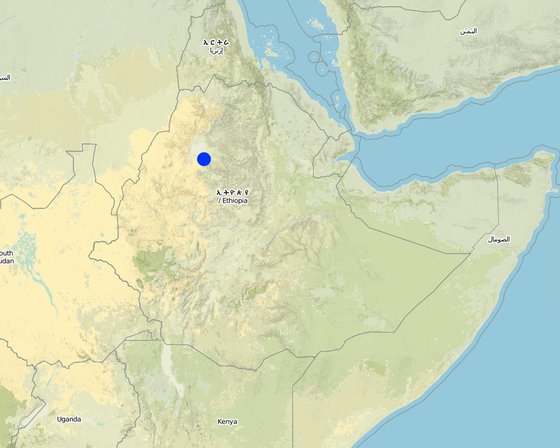
ສະຖານທີ່: Abagerima Watershed, Laguna Village near Bahir Dar, the regional capital of Amhara Region, Ethiopia, Amhara Regional State, ອີທິໂອເປຍ
ຈໍານວນ ພື້ນທີ່ ທີ່ໃຊ້ ເຕັກໂນໂລຢີ ທີ່ໄດ້ວິເຄາະ: 2-10 ພຶ້ນທີ່
ການແຜ່ກະຈາຍຂອງເຕັກໂນໂລຢີ: ນໍາໃຊ້ໃນຈຸດສະເພາະ / ແນໃສ່ນໍາໃຊ້ໃນພື້ນທີ່ຂະໜາດນ້ອຍ
ຢູ່ໃນເຂດປ່າສະຫງວນທີ່ບໍ?: ບໍ່ແມ່ນ
ວັນທີຂອງການປະຕິບັດ: 2013; ຕໍ່າກວ່າ 10 ປີ ຜ່ານມາ (ມາເຖິງປະຈຸບັນ)
ປະເພດຂອງການນໍາສະເໜີ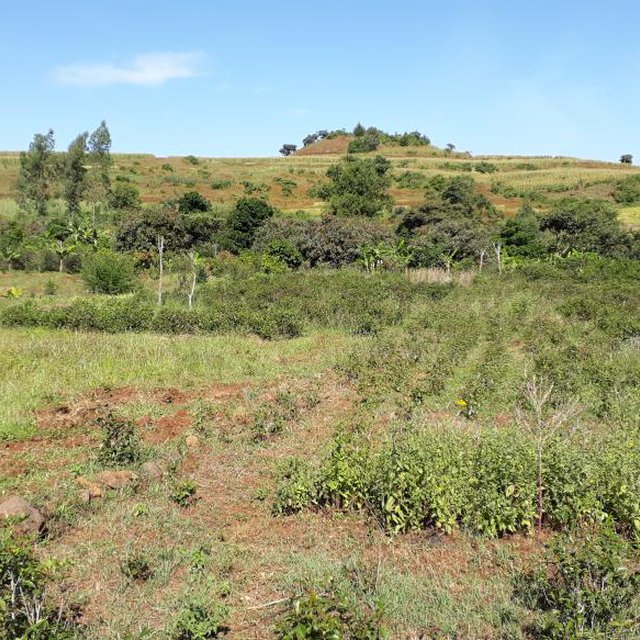
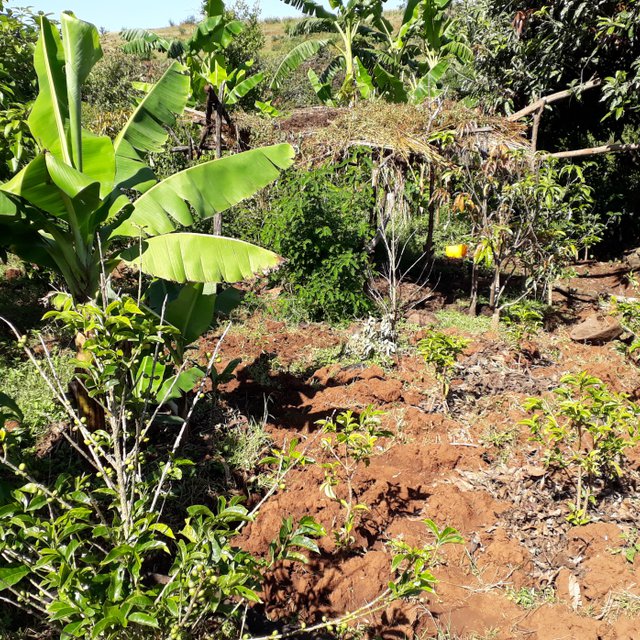







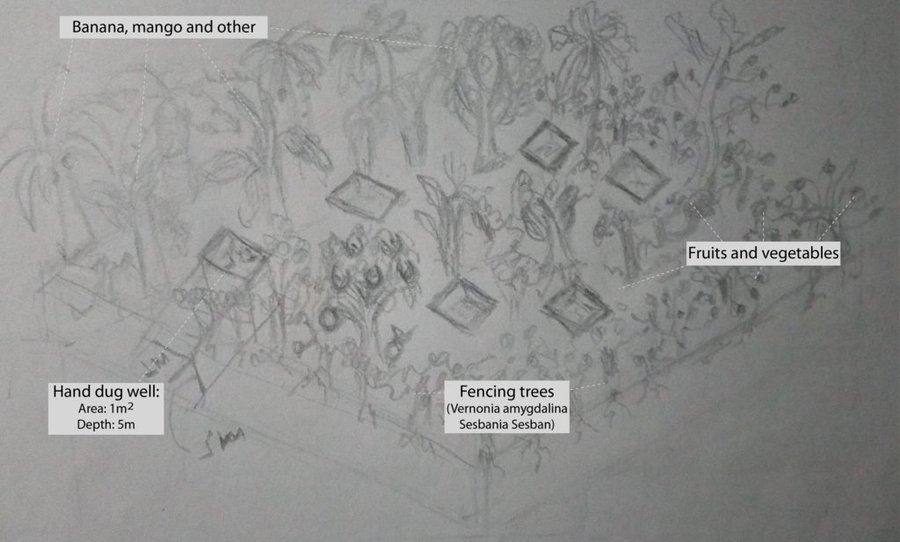
| ລະບຸ ປັດໃຈ ນໍາເຂົ້າ ໃນການຜະລີດ | ຫົວໜ່ວຍ | ປະລິມານ | ຕົ້ນທຶນ ຕໍ່ຫົວໜ່ວຍ (USA) | ຕົ້ນທຶນທັງໝົດ ຂອງປັດໃຈຂາເຂົ້າ ໃນການຜະລິດ (USA) | % ຂອງຕົ້ນທຶນທັງໝົດ ທີ່ຜູ້ນໍາໃຊ້ທີ່ດິນ ໃຊ້ຈ່າຍເອງ |
| ແຮງງານ | |||||
| shallow well preparation (3 wells) | person-days | 27.0 | 5.0 | 135.0 | 70.0 |
| farm preparation (first year) | person-days | 12.0 | 5.0 | 60.0 | 100.0 |
| ອຸປະກອນ | |||||
| farming tools (first year) | pieces | 6.0 | 4.0 | 24.0 | 60.0 |
| ວັດສະດຸໃນການປູກ | |||||
| improved seed(ling)s | kg | 5.0 | 3.0 | 15.0 | 50.0 |
| ຝຸ່ນ ແລະ ຢາຊີວະພາບ | |||||
| compost (first year) | m3 | 6.0 | 5.0 | 30.0 | 100.0 |
| pesticides (first year) | litre | 2.0 | 2.0 | 4.0 | 100.0 |
| ວັດສະດຸກໍ່ສ້າງ | |||||
| stones (first year) | m3 | 6.0 | 5.0 | 30.0 | 100.0 |
| ຕົ້ນທຶນທັງໝົດ ໃນການຈັດຕັ້ງປະຕິບັດ ເຕັກໂນໂລຢີ | 298.0 | ||||
| ຄ່າໃຊ້ຈ່າຍທັງໝົດ ສຳລັບການສ້າງຕັ້ງເຕັກໂນໂລຢີ ເປັນສະກຸນເງີນໂດລາ | 298.0 | ||||
| ລະບຸ ປັດໃຈ ນໍາເຂົ້າ ໃນການຜະລີດ | ຫົວໜ່ວຍ | ປະລິມານ | ຕົ້ນທຶນ ຕໍ່ຫົວໜ່ວຍ (USA) | ຕົ້ນທຶນທັງໝົດ ຂອງປັດໃຈຂາເຂົ້າ ໃນການຜະລິດ (USA) | % ຂອງຕົ້ນທຶນທັງໝົດ ທີ່ຜູ້ນໍາໃຊ້ທີ່ດິນ ໃຊ້ຈ່າຍເອງ |
| ແຮງງານ | |||||
| shallow well maintenance | person-days | 5.0 | 5.0 | 25.0 | 100.0 |
| farm preparation | person-days | 11.0 | 5.0 | 55.0 | 100.0 |
| weeding and plowing | person-days | 15.0 | 5.0 | 75.0 | 100.0 |
| ວັດສະດຸໃນການປູກ | |||||
| improved seed(ling)s | kg | 2.0 | 4.0 | 8.0 | 50.0 |
| ຝຸ່ນ ແລະ ຢາຊີວະພາບ | |||||
| compost | m3 | 7.0 | 5.0 | 35.0 | 100.0 |
| pesticides | litre | 2.0 | 3.0 | 6.0 | 100.0 |
| ຕົ້ນທຶນທັງໝົດ ທີ່ໃຊ້ໃນການບໍາລຸງຮັກສາ ເຕັກໂນໂລຢີ | 204.0 | ||||
| ຄ່າໃຊ້ຈ່າຍທັງໝົດ ສຳລັບການບົວລະບັດຮກສາເຕັກໂນໂລຢີ ເປັນສະກຸນເງີນໂດລາ | 204.0 | ||||
This may worsen when more homestead development areas are established around homes
This includes evapotranspiration